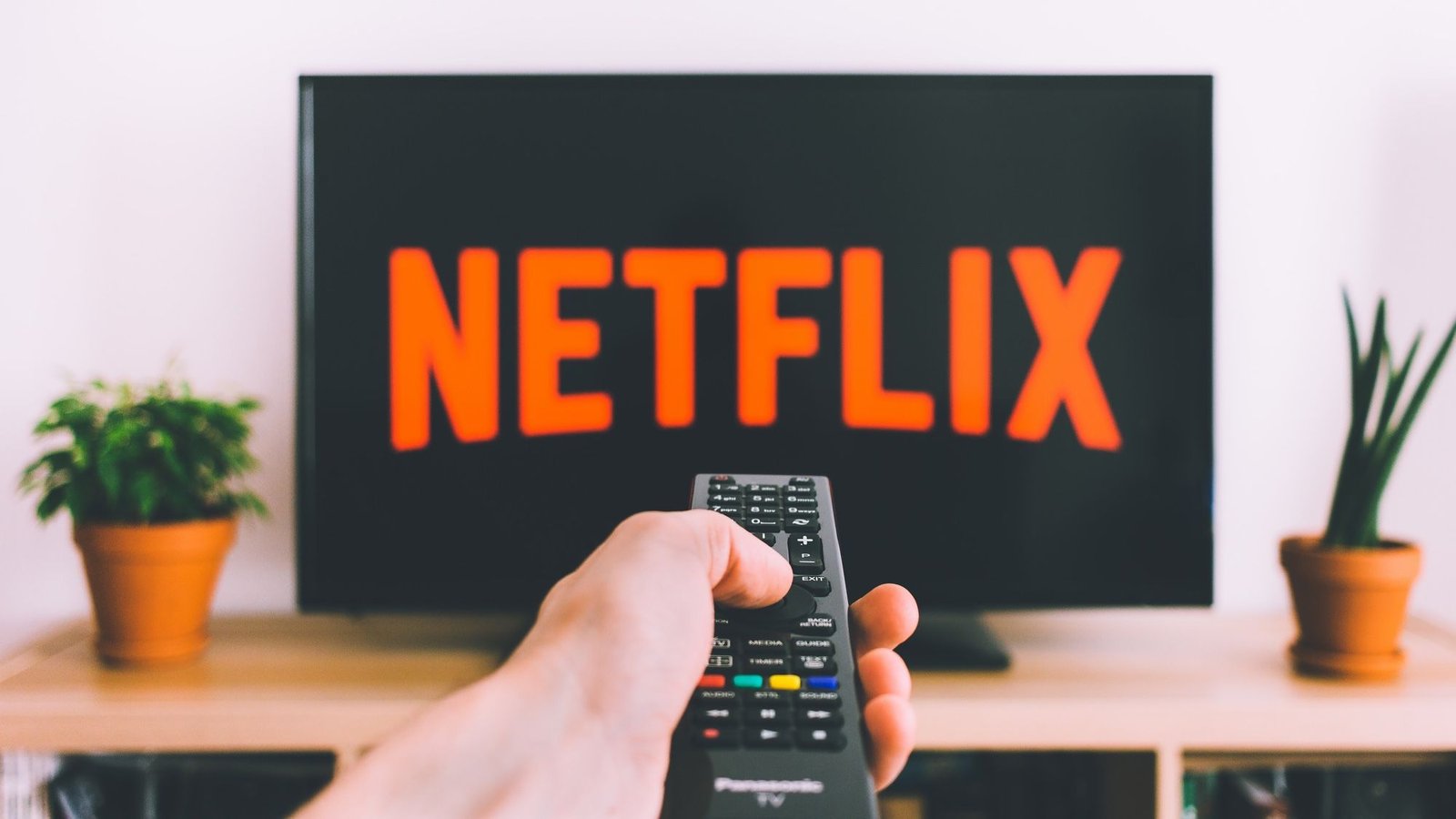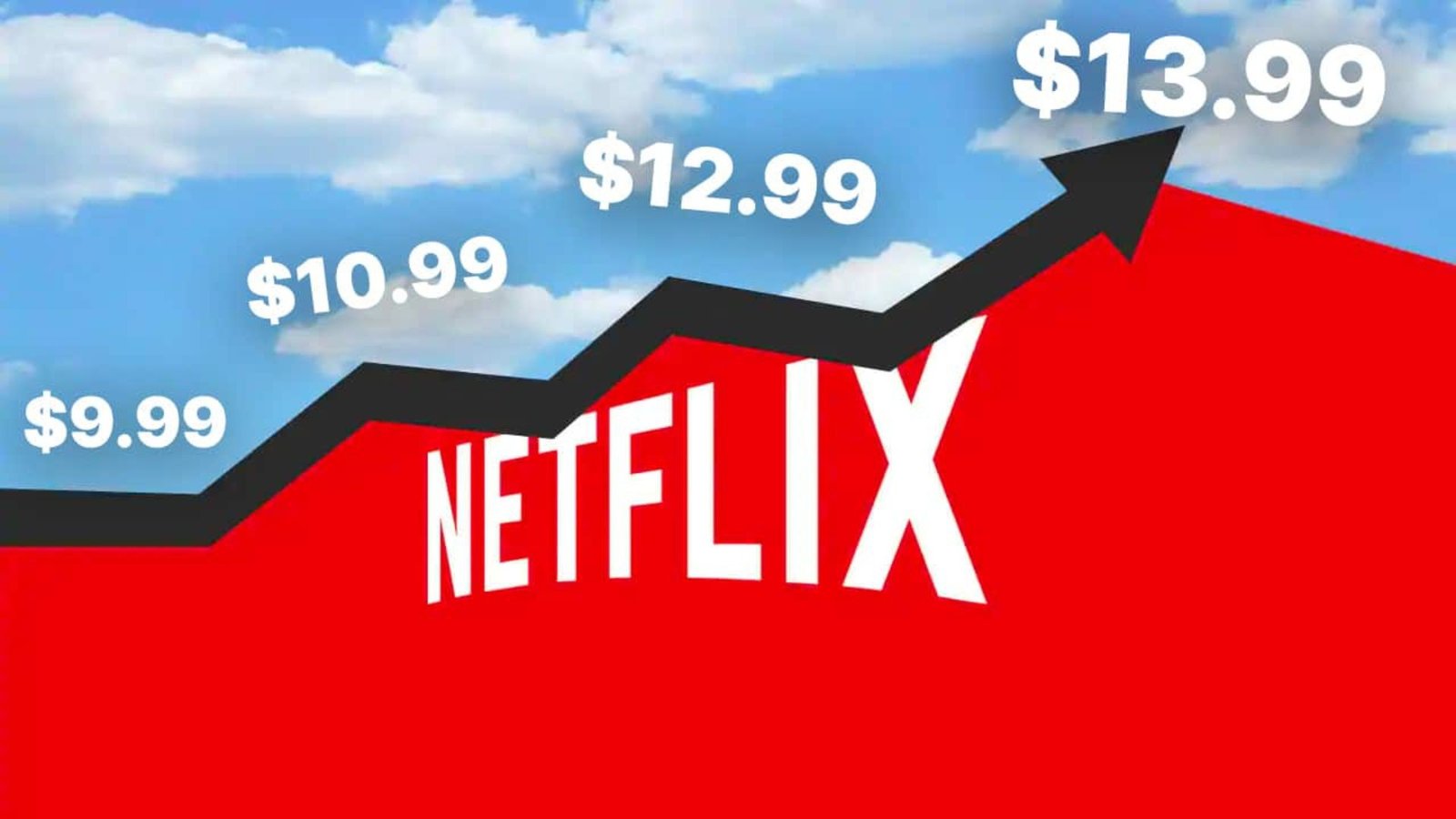In just a few years, Netflix transformed the television landscape, revolutionizing how we consume media. From its humble beginnings as a DVD rental service to its dominance as a global streaming platform, Netflix’s impact on television is undeniable. Here’s a look at how Netflix has fundamentally changed the way we watch TV.
1. On-Demand Viewing
Before Netflix, television was mostly a scheduled event. Viewers had to tune in at specific times to watch their favorite shows, often missing episodes if they couldn’t make it. Netflix introduced the concept of on-demand viewing, allowing subscribers to watch any show or movie at any time. This shift gave audiences the freedom to choose when and where they wanted to watch, breaking free from traditional TV schedules.
2. Binge-Watching Culture
Netflix’s decision to release entire seasons of shows at once played a key role in creating the binge-watching culture. Rather than waiting a week for each new episode, viewers could watch multiple episodes in one sitting, or even an entire season. This not only changed the way we watched TV, but also how we interacted with shows. Fans began discussing plot twists and character developments instantly, as everyone was on the same page, not waiting for the next episode to air.
3. The Rise of Original Content
Netflix made a bold move by investing heavily in original content. With shows like House of Cards, Orange Is the New Black, and Stranger Things, Netflix became a powerhouse of original programming. These series, often produced with higher creative freedom than traditional TV, allowed for fresh, innovative storytelling that appealed to a diverse audience. The success of Netflix originals also pushed other networks to rethink their approach to programming, encouraging more risk-taking and unique storytelling.
4. Global Accessibility
Netflix has changed the TV landscape not just in the U.S., but globally. With its international expansion, Netflix made it possible for people around the world to access a wide variety of shows and movies. This has led to a more diverse and inclusive TV culture, where shows from different countries can find a global audience. The popularity of international hits like Money Heist and Sacred Games is proof of Netflix’s ability to transcend geographic boundaries.
5. Ad-Free Viewing
Another major change Netflix brought to TV is the ability to watch content without interruptions from ads. Traditional cable TV and even some streaming platforms still rely heavily on advertising revenue, but Netflix operates on a subscription-based model, where viewers pay for an uninterrupted, ad-free experience. This shift has not only made watching TV more enjoyable, but has also set a new standard for streaming services.
6. Personalized Recommendations
Netflix’s sophisticated recommendation algorithm is another feature that changed the way we watch TV. By analyzing what you watch, how long you watch, and what genres you prefer, Netflix can suggest shows and movies that align with your tastes. This level of personalization has made it easier for viewers to discover new content without spending time scrolling through endless options.
7. Impact on Traditional TV Networks
Netflix’s rise has had a significant impact on traditional TV networks and cable providers. As more people opt for streaming services, viewership for traditional cable TV has declined, forcing networks to adapt. Many have started offering their own streaming services (such as Disney+ and Peacock) to keep up with the changing demands of viewers. Additionally, Netflix’s model of releasing entire seasons at once has inspired some networks to experiment with this format, challenging the old model of weekly episode releases.

8. Changing How We Talk About TV
Finally, Netflix has changed the way we talk about TV. With its global reach and large selection of content, shows that air on Netflix often become instant cultural touchstones. Social media is filled with discussions, memes, and fan theories about the latest season of a popular show, and Netflix’s release schedules (or lack thereof) allow for more instant engagement with the content.
Conclusion
Netflix has fundamentally changed the way we watch TV. With on-demand viewing, binge-watching, original content, and an ad-free experience, it has reshaped the TV landscape and forced networks to rethink their models. Whether it’s through its global reach, personalized recommendations, or cultural influence, Netflix continues to push the boundaries of how we consume television.




